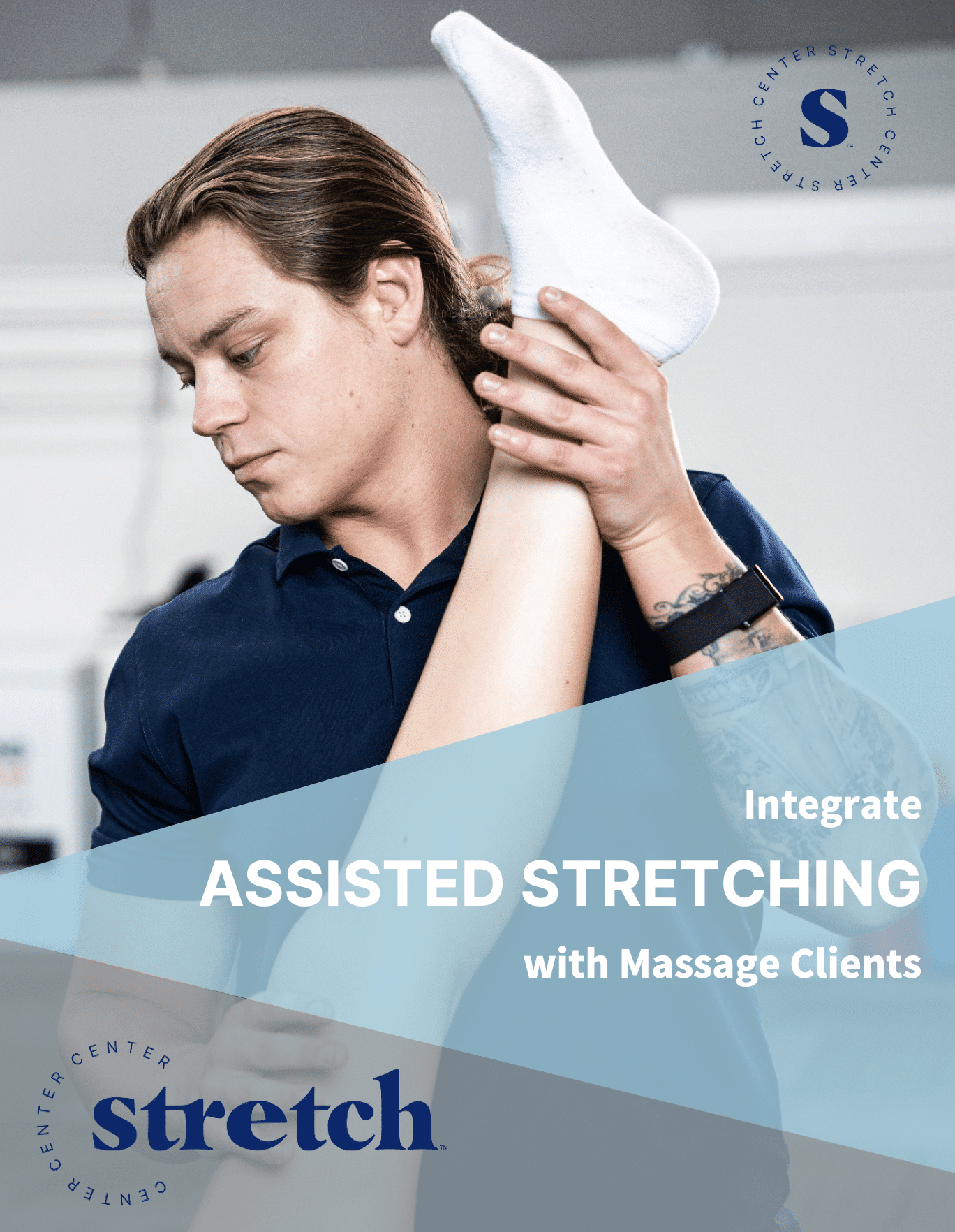When it comes to expanding a business in the stretch therapy industry, two models often come up: the franchise model and the licensing model. At first glance, they may seem similar because both offer proven systems, branding, and a roadmap to success. But the truth is, they operate very differently… especially when it comes to cost, control, and ownership.
As the founder of Stretch Center, I chose to create a licensing model rather than a franchise for one key reason: to offer a lower-cost, higher-flexibility option for business owners and entrepreneurs entering the assisted stretching market. Let’s break down how these two models differ and why the licensing model may be the better choice for your business.
1. Cost Structure: Franchise = High Fees, Licensing = Low Overhead
Franchises are widely recognized and often associated with big names in the food, fitness, and service industries. However, they come at a high cost. With franchise ownership, you’re required to pay:
- Franchise fees (usually tens of thousands of dollars)
- Ongoing royalties (a percentage of your monthly revenue)
- Marketing fees
- Buildout costs for a new, standalone location
In contrast, a licensing model like Stretch Center’s eliminates these heavy financial burdens. There are no royalty fees, and you’re not required to open a brand-new facility. This allows you to either start small or integrate the service into an existing business which results in saving thousands each month.
2. Autonomy: Franchise = One Size Fits All, Licensing = Adaptable
A major difference is the level of control the business owner retains.
With a franchise, you’re essentially operating someone else’s business. The franchisee must follow the franchisor’s strict rules, systems, and procedures. Customization is often not allowed, even if your local market demands it.
The licensing model flips that script. As a licensee, you gain access to a proven system, but you also retain the freedom to adapt it to your market, your clients, and your brand. Want to change pricing, marketing strategies, or how you deliver the service? You can.
3. Location Requirements: Franchise = Standalone Facility, Licensing = Flexible Integration
Franchise models often require a dedicated brick-and-mortar location, with specific layout and branding requirements. That means more startup costs, more overhead, and higher risk.
With a licensing model, you can integrate the service into an existing wellness center, gym, chiropractic office, or spa. You can also co-brand it, which allows you to capitalize on the brand power of Stretch Center while still keeping your own brand front and center.
4. Financial Benefits: Who Really Makes the Money?
This may be the most important difference of all.
In the franchise model, the franchisor (the seller) typically makes the most money while they collect fees and royalties from each franchisee indefinitely. The franchisee may still be profitable, but a chunk of every dollar earned goes back to the franchisor.
In the licensing model, you keep what you earn. The licensee is the one who benefits most from the business success. You own your business. You keep your revenue. You control your profit.
Franchise vs. License: What You Get vs. What You Give
Both models can give you a roadmap, training, branding, and systems. But the real difference lies in what you give up.
- In a franchise, you give up control and a share of your revenue.
- In a license, you keep control and keep your profits.
At Stretch Center, we believe in empowering business owners, not limiting them. Our licensing model was designed to break down the barriers to entry and give more people access to a rapidly growing industry, without the financial and operational restrictions of a franchise.
Interested in learning more about how the Stretch Center licensing model can work for you? Please visit stretchcenter.com/licensing, complete the form at the bottom, and a team member will reach out to you shortly!





